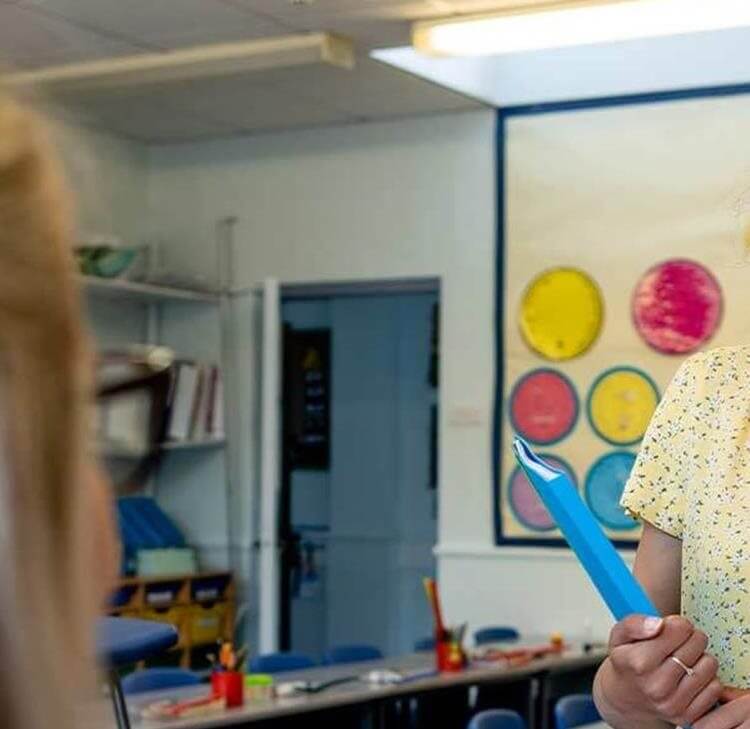Implementing school system reform – next steps
Following its publication of the White Paper at the end of March, the Department for Education (DfE) has shared an implementation framework focusing on its plans for “a stronger and fairer school system”.
Following its publication of the White Paper at the end of March, the Department for Education (DfE) has shared an implementation framework focusing on its plans for “a stronger and fairer school system”.
Despite the long-term nature of its ambition for all schools to be in a strong multi-academy trust (MAT) by 2030, the Government is not wasting time getting this ball rolling. The framework sets out “immediate next steps”, largely for the 2022/2023 academic year, as well as noting some future work for the eight-year journey.
The document puts a clear question to trusts, schools, local authorities and dioceses - how are you going to work to deliver a fully trust led system by 2030?
This question is most pressing for those in one of the 55 local authorities labelled as Education Investment Areas (EIAs). The framework is designed so that as well as attracting additional financial support, the EIAs will be the trailblazers for this programme of school system reform.
For example, the document introduces the concept of area based commissioning through which the needs of a particular area are identified and used to create local area plans. It lists some principles to reflect how this will be approached including, for example, “be clear where new trusts are needed and where there are sufficient strong trusts locally, taking pragmatic decisions...” and “avoid local monopolies”.
An initial period of local engagement will take place this term so that by autumn, each EIA will have a prospectus setting out its key educational priorities. These priorities should then inform the proposals from trusts, dioceses and groups of schools in that area.
Area based commissioning may be one nod to the current national hotchpotch of school organisation which the Government wishes to tackle. Another is the new power for local authorities to be able to request academisation of their schools. The Government will start by inviting expressions of interest from local authorities next academic year as well as making available additional funding where the resulting level of conversion activity is to be “exceptional”.
The Government is also keen to hear from local authorities willing to participate in its “test and learn” project to develop the detail around local authority MATs. Perhaps recognising both that its pool of volunteers may not be particularly large and the specific trouble spots that these MATs seem orchestrated to address, the guinea pig local authorities will not be limited to EIAs and there is specific mention of including rural primary schools. There is also a little more insight as to how the governance arrangements of such MATs will work. The local authority’s influence will be exercised mainly at member level, where there will be no restriction on the number of local authority associated persons holding positions.
The implementation framework also builds slightly on the Secretary of State’s proposed new power to be able to intervene in schools and academies with consecutive “below Good” Ofsted judgements, the consultation outcome of which is currently awaited. It confirms that the power will be exercised on a case by case basis but gives assurance of that decision-making being supported by a “consistent decision making framework”. Again, the initial focus here will be on schools and academies in EIAs as well as those outside EIAs with “the most” consecutive below Good judgements. The DfE encourages such schools to engage early with the DfE about the best trust for them to join, although it sends the polite reminder that “the Regional Director would make the final decision” in this regard.
The final pages of the document include a series of flowcharts designed to clarify the various steps required to get to application stage. For maintained schools and single academy trusts, that application will involve finding or creating a MAT. Existing MATs are asked to consider their position and the options of growth, consolidation or merger. As a local authority or diocese there are additional specific questions within the paper and an expectation of engagement.
As far as the Government is concerned, the right answers to the core question posed within this document (how are you going to work to deliver a fully trust led system by 2030?) are also answered within it.









































